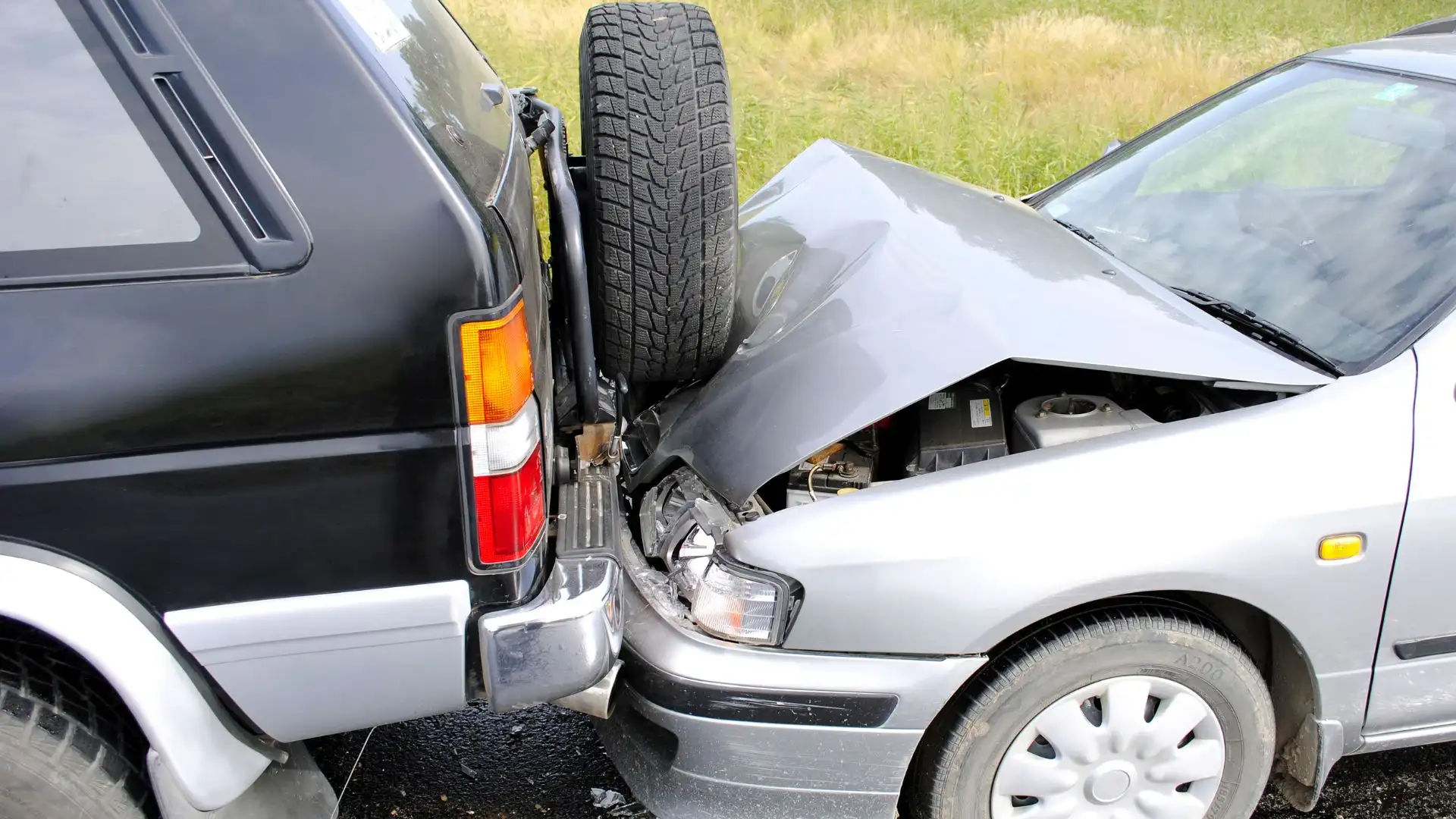In Washington State, the law generally assumes that the driver who rear-ends another vehicle is at fault in a rear-end accident. However, this presumption can be challenged if the driver of the rear-ended vehicle was also negligent. Washington follows a comparative negligence system, meaning fault can be shared between parties, potentially affecting compensation amounts based on their respective contributions to the accident.
If you were in an auto collision in Washington, you might wonder, Who is at fault in a rear-end car accident? Washington law governs who is at fault in a rear-end car accident, and the answer to this question may surprise you. This post will discuss these collisions and the Washington law that regulates them.
However, if you were involved in an auto accident, you should know that a personal injury attorney can assist you in seeking justice and compensation for your accident. At Brett McCandlis Brown & Conner, we have experienced personal injury attorneys who can help you get the most compensation possible for your auto accident. Reach out to our office to schedule a free consultation. Critical legal deadlines must be met in a rear-end accident case, so don’t hesitate to reach out today.
Car Accident Statistics in Washington
In 2020, the United States National Highway Traffic Administration reported 35,776 fatal crashes. This statistic indicates that car accident rates are on the rise.
In Washington, the statistics are no less disheartening. According to the Seattle Times, 2021 was the most dangerous and deadliest year on Washington roads since 2006.
Rear-end accidents were among the top contributors to these statistics, coming in as one of the most common types of auto collisions across the nation. Further, rear-end collisions can be deadly, as 6.8% resulted in a fatality in 2020.
Common Types of Injuries from Auto Accidents
If you were involved in a rear-end accident, you were probably injured. These injuries can range from mild to severe. Some of the types of injuries incurred as a result of an automobile accident include:
- Back and spinal cord injuries,
- Neck injuries and whiplash,
- Fractures and broken bones,
- Internal organ injuries,
- Knee Injuries,
- Shoulder injuries,
- Wrist and hand injuries,
- Traumatic brain injuries,
- Foot and ankle injuries, and
- Lacerations and bruising.
These are just some of the injuries commonly seen after a car accident. If you suffered one of the above injuries or another type of injury in a car crash, you should reach out to a personal injury attorney as soon as possible.
Who Is at Fault in a Rear-End Car Accident?
It is usually the rear driver who is at fault in a rear-end collision. However, in a rear-end collision, who is at fault is not always straightforward. Sometimes, the lead driver or another vehicle could be at fault.
So how do you determine who is at fault in the accident? The answer lies in who is negligent in the accident. Negligence is a legal theory that generally places the blame on the party who did not exercise reasonable care in a certain situation. To show that someone was negligent, you will have to prove:
- Duty – that the person driving the vehicle owed you a duty of reasonable care on the road,
- Breach – that the person driving the vehicle breached their duty of reasonable care in the accident,
- Causation – that the person’s breach of duty actually and proximately caused you to suffer some form of injury, and
- Damages – that you incurred some form of quantifiable damages as a result of the accident.
An experienced personal injury attorney can explain negligence and the above elements in more detail.
When Can the Lead Driver Be Held Liable in a Rear-End Collision?
Sometimes, the lead driver can be held partially or totally responsible in a rear-end collision. For instance, if the lead driver’s tail lights were out and you could not tell that they were braking in front of you, you may be able to hold them partially liable in an auto accident legal action. In addition, if the front driver illegally changed lanes or unsafely changed lanes, you may be able to hold them completely liable in a car accident case.
In these circumstances, if you can show that the other party was negligent, you may be able to hold them partially or totally liable for the car accident.
The Types of Damages You Can Recover After an Auto Accident
After you have shown that another party was negligent, you can hold them accountable for certain types of damages. Damages is a legal term that refers to your losses. And they are intended to compensate you for your losses. The types of damages can fall into one of two categories: economic and non-economic damages.
Economic damages stem from quantifiable financial losses you incurred due to an accident. These types of damages include things like:
- Property damage costs,
- Hospital visit costs,
- Lost wages,
- Costs of prescription medications,
- Costs of treatment for your injuries, and
- Doctor’s appointment costs.
These are just some of the different types of economic damages that you can recover after an auto accident.
On the other hand, you can also recover non-economic damages. These damages stem from things that are harder to quantify, like pain and suffering. Some examples of non-economic damages include:
- Emotional trauma,
- Loss of consortium,
- Loss of enjoyment of life,
- Temporary or permanent disability, and
- Loss of earning capacity.
Non-economic damages are generally recoverable in auto accident cases. A personal injury attorney can assist you in building a robust legal claim so that you can recover these types of damages in addition to economic damages.
How Can Brett McCandlis Brown & Conner Help?
At Brett McCandlis Brown & Conner, we have the tools and skills necessary to help you pursue a rear-end auto accident legal claim. These cases are frequently complex, given that who is at fault is not always clear. You want a seasoned personal injury attorney on your side.
At Brett McCandlis Brown & Conner, we have been winning record verdicts and settlements since 1972. Further, we are a full-service injury law firm well known for our outstanding representation and personalized legal services. For a free consultation, contact us online or by phone.


